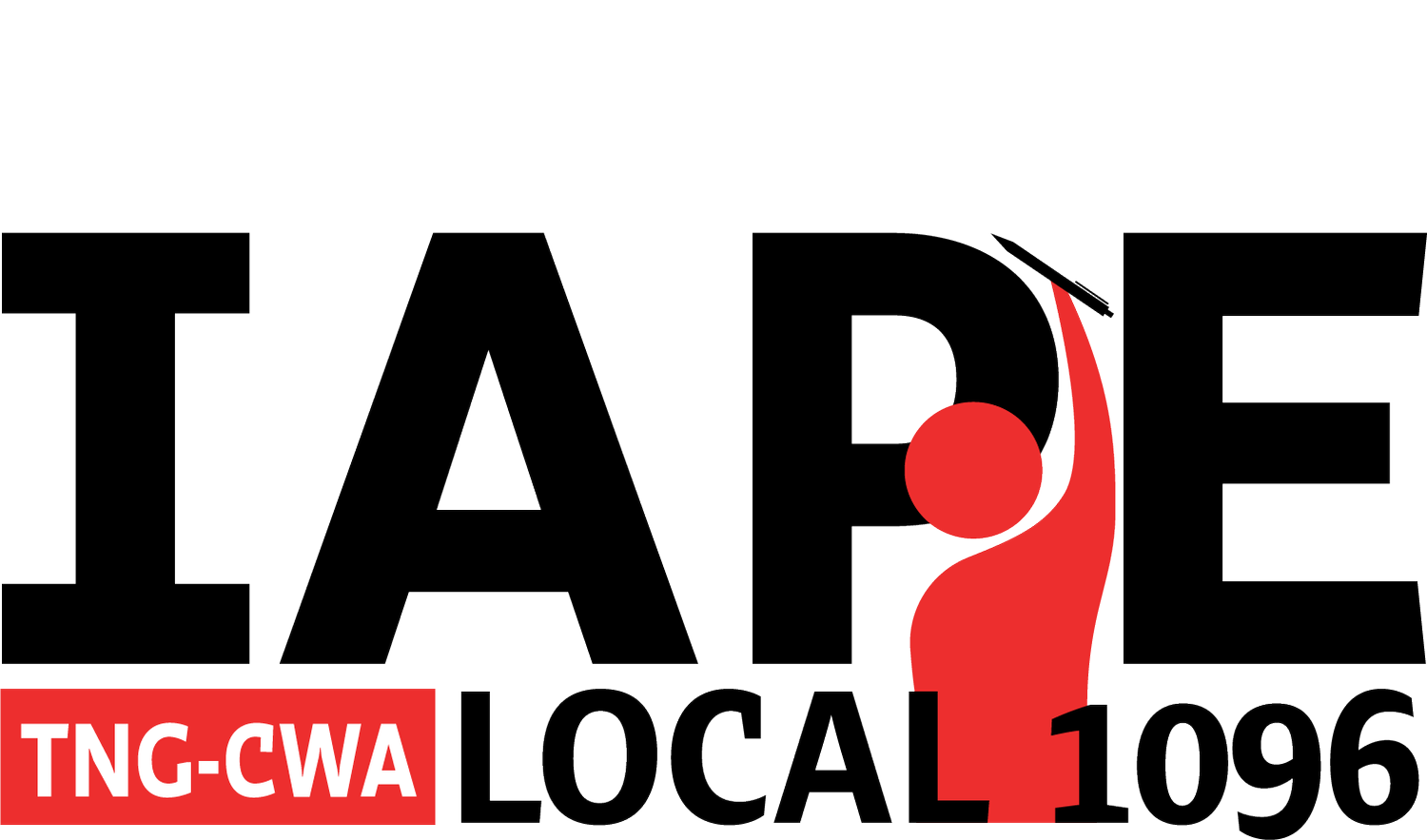Remaking Newsrooms at the Expense of Employees
/Company says Hong Kong editors are “redundant”
By now you have likely seen the New York Times’ interview with Wall Street Journal Editor in Chief Emma Tucker, in which she talks about her efforts to remake Dow Jones’ newsrooms for a changing media era.
“We need to make our journalism more accessible without in any way diluting the standards or integrity of the reporting,” Ms. Tucker said in an interview a day after she addressed the newsroom. “And I think it’s possible to do both.”
These would be heartening words to the newsroom if the changes weren’t already underway.
A Journal spokesman also acknowledged—to the Times—some changes that Dow Jones hasn’t yet announced directly to its own employees: the layoff of seven editors in Hong Kong, colleagues who are not represented by IAPE, who received letters stating their positions had "become redundant." What effect these position eliminations will have on the process of producing The Wall Street Journal—and the increased workload it may mean for those who remain—is something management has withheld from the people who make the paper.
No mass layoffs are planned, Tucker told the Times, but people are being cut. She explained it this way: “Everyone’s having to do layoffs.”
Really?
Dow Jones’ past several years of financial results show no need to cut staff:
Dow Jones’ revenue has grown every year since 2019. So has earnings before interest, taxes, depreciation and amortization. So has EBITDA margin. So has circulation revenue. Same for revenue from the professional information business, climbing steadily, year over year. The rate of growth in earnings itself remains robust: more than 14% for 2023, following on rates of more than 30% and 40%, respectively, in the previous two years.
Everyone has to do layoffs?
That premise is consistent with the slow drip of job cuts across the company, not just in the newsroom, but also in other departments that are critical to Dow Jones’ continued success.
The fatalistic tone is familiar from the bargaining table, too.
In August, News Corp. CEO Robert Thomson boasted to investors that Dow Jones had achieved “its highest profitability for both the quarter and the full year since we acquired the company.”
But in talks on a new contract with IAPE, the company has offered just 3% annual pay raises for three years and a massive shift of cost for health insurance onto employees. It has done so while refusing to negotiate meaningfully on protections from generative artificial intelligence—something the company’s executives described as a “cost-saving measure.”
What IAPE is asking at the bargaining table is simple: Can a company adapt to a changing industry while equitably sharing its growing profits with the people who create that value? Can a media company make investors happy while cutting a fair deal with its workers at the same time?
Our answer is simple, too. To borrow a line from Emma Tucker: We think it’s possible to do both.


